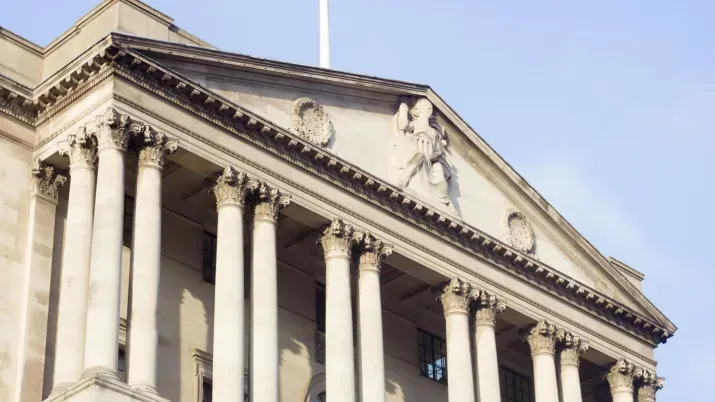Default Outlook Points to Further HY Tightening
TwentyFour
The last few weeks have seen some key macro headwinds clear, namely in the form of a very contentious US election, the announcement of some very successful vaccine trials (and yesterday’s news that the UK had approved one for delivery), and even the more recent prospect of a Brexit deal that seems to be in the final stages.
The market has understandably taken this very positively, with the vaccine announcements in particular leading to a sharp tightening in spreads for more cyclical names and those credits directly exposed to COVID-19 restrictions. We have now retraced some 90% of the March widening in European high yield (on a spread basis and relative to the January tights), a recovery trend we expect to continue as economies open up and demand bounces back.
Given the speed of this reversal in spreads, an important question is whether the current level properly reflects the inherent default risk built into the high yield market, particularly in the single-B and CCC rated sectors where 99% of all defaults have historically occurred.
On a rolling 12-month basis the notional European high yield default rate is currently just 3.2%, with no defaults recorded during November. While we do expect this rate to increase in the first half of next year – due to the pre-COVID low of 1.1% (reached in April) mechanically rolling off the 12-month numbers – we believe the peak in Europe will be around 4%, significantly below the dire predictions of many analysts back in March and April. Furthermore, we expect the rate (on a rolling 12-month basis) to decrease quickly in the second half of next year and drop below 3% by the end of 2021.
Our confidence in this relatively benign forecast is strengthened when we look through the defaults we have seen so far this year in more detail. Of the 37 defaults in the high yield universe (for the 12 months to the end of October), 24 of them were rated CCC+ or below, with the rest almost exclusively made up of B or B- rated credits. Over half the defaults were located in sectors that were most exposed to the economic disruption wrought by COVID-19 – retail, energy and transportation – and a number of credits in these sectors were in any case close to insolvency pre-pandemic.
While we expect defaults to tick up (albeit slowly) into year-end, we expect them to be primarily concentrated among the weakest corporates in the most exposed sectors, which is actually a relatively small percentage of the index, particularly given the influx of the much stronger fallen angels we have seen in 2020.
This is particularly evident in the percentage of the index trading at distressed levels. At the end of November the proportion of bonds trading at above 1000bp had declined to just 3%, which remarkably has almost halved since the beginning of this year, having climbed to a peak of 26% in March. The last time the market had fewer bonds trading at distressed levels was in the middle of 2018.
While spreads have come a long way in the last few months we remain 117bp off the tights we saw in November 2017. With a liquidity tailwind providing a very supportive technical backdrop (which we only see improving as the supply deluge we have seen this year dries up), a very subdued default backdrop and improving economic fundamentals, we believe the direction of travel for high yield spreads will continue to be tighter, and we also expect further spread compression between ratings bands.







